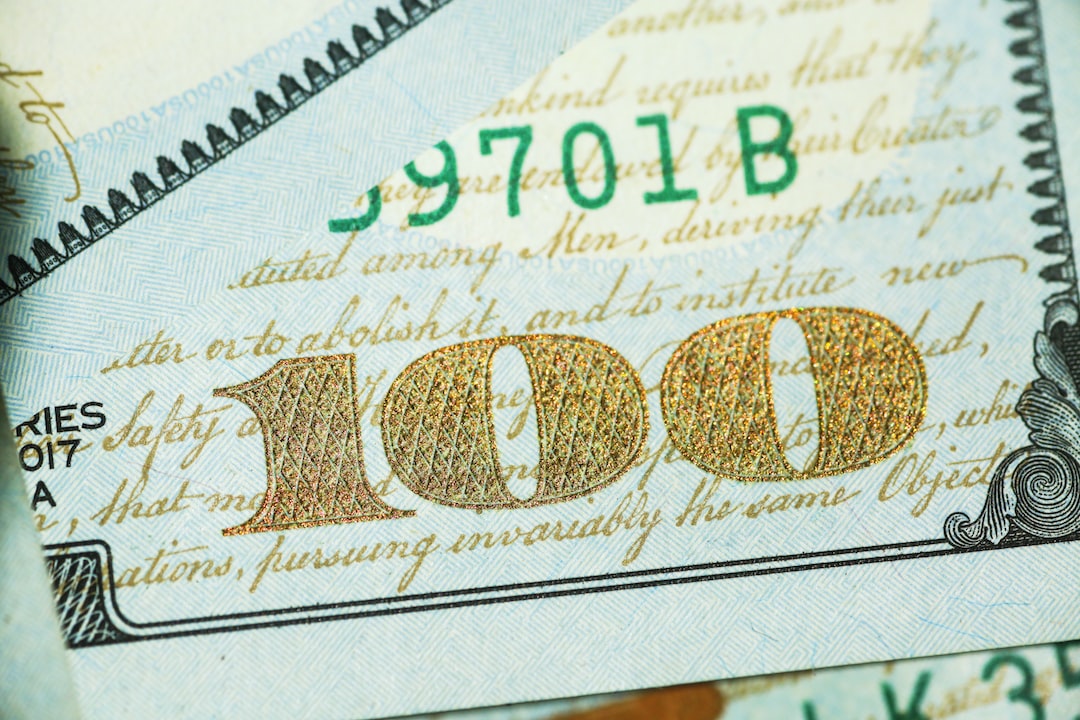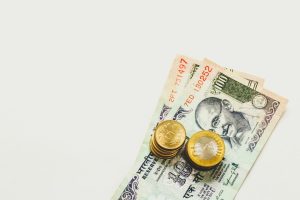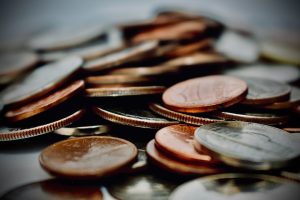Forex trading is a highly volatile activity where traders, investors, and brokers use different strategies to make profits. One such strategy is leverage. Leverage is a financial tool that enables traders to control a large amount of money with a small amount of investment. In other words, leverage amplifies the potential returns and losses in a forex trade. In this article, we will take an in-depth look at what higher leverage means in forex trading.
Leverage is a ratio between the amount of capital a trader invests and the amount of money a broker lends to the trader. For example, if a trader opens a forex trade with a leverage ratio of 1:100, it means that the broker is lending the trader 100 times the amount of capital invested. This means that a trader can control a position of $100,000 with an investment of just $1,000.
Higher leverage means that a trader can control a larger position with a smaller amount of capital. For example, a leverage ratio of 1:500 means that a trader can control a position of $500,000 with an investment of just $1,000. Higher leverage ratios offer traders the potential for higher profits, but also increase the risk of losses.
Leverage is expressed as a ratio, such as 1:100, 1:200, 1:500, etc. The higher the leverage ratio, the more risk the trader is taking on. A leverage ratio of 1:100 is considered low leverage, while a ratio of 1:500 is considered high leverage. The amount of leverage a trader chooses to use depends on their risk tolerance, trading strategy, and experience.
Higher leverage means that a trader can make more profits on a trade. For example, if a trader invests $1,000 with a leverage ratio of 1:100 and the trade goes in their favor, they could potentially make a profit of $100. However, if the same trader invests the same amount with a leverage ratio of 1:500, they could potentially make a profit of $500. This is because the trader is controlling a larger position with the same amount of capital.
However, higher leverage also means higher risk. If the trade goes against the trader, the losses will also be magnified. For example, if the trader invests $1,000 with a leverage ratio of 1:100 and the trade goes against them, they could potentially lose $100. However, if the same trader invests the same amount with a leverage ratio of 1:500, they could potentially lose $500. This is why higher leverage should be used with caution.
Another aspect of higher leverage is the margin requirement. The margin requirement is the amount of capital a trader needs to have in their account to open a trade. The higher the leverage, the lower the margin requirement. For example, if a trader wants to open a trade with a leverage ratio of 1:100, they will need to have $1,000 in their account. However, if the same trader wants to open a trade with a leverage ratio of 1:500, they will only need to have $200 in their account.
In conclusion, higher leverage means that a trader can control a larger position with a smaller amount of capital. This offers the potential for higher profits, but also increases the risk of losses. Traders should use higher leverage with caution and only if they understand the risks involved. It is important to have a solid trading strategy and risk management plan in place when using higher leverage in forex trading.






